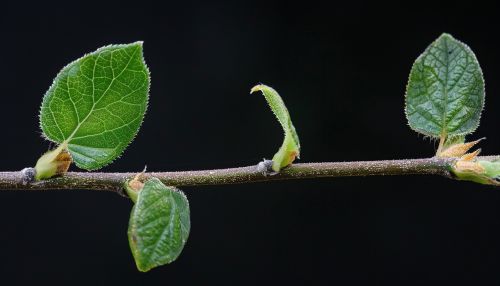Plant Growth Regulator Extraction
Introduction
Plant growth regulators (PGRs), also known as plant hormones, play a crucial role in the development and growth of plants. They are naturally occurring organic compounds that influence physiological processes at low concentrations. The extraction of these regulators from plant tissues is an essential step in studying their functions and effects on plant growth and development. This article discusses the extraction methods of plant growth regulators, their classification, and their roles in plant growth and development.
Classification of Plant Growth Regulators
Plant growth regulators are classified into five major groups: auxins, gibberellins, cytokinins, abscisic acid (ABA), and ethylene. Each group has distinct roles in plant growth and development.
Auxins
Auxins are the first discovered plant hormones. They are primarily involved in cell elongation, apical dominance, and rooting. The most common natural auxin is indole-3-acetic acid (IAA).
Gibberellins
Gibberellins are a large family of diterpenoid compounds. They are involved in stem elongation, germination, flowering, and fruit development.
Cytokinins
Cytokinins are adenine derivatives that promote cell division and shoot formation. They also delay senescence in leaves and promote nutrient mobilization.
Abscisic Acid
Abscisic Acid (ABA) is a sesquiterpenoid that plays a crucial role in seed dormancy and adaptation to environmental stresses.
Ethylene
Ethylene is a gaseous hormone involved in fruit ripening, senescence, and response to stress.
Extraction Methods
The extraction of plant growth regulators involves several steps, including sample preparation, extraction, purification, and quantification. The choice of extraction method depends on the type of plant tissue and the specific growth regulator to be extracted.
Sample Preparation
The first step in the extraction process is the preparation of plant samples. This involves the collection of plant tissues, their cleaning to remove surface contaminants, and their homogenization to break down cell walls and release the growth regulators.
Extraction
The extraction of plant growth regulators is usually done using organic solvents like methanol, ethanol, or acetone. The choice of solvent depends on the polarity of the growth regulator. For instance, polar growth regulators like auxins and cytokinins are extracted using polar solvents like methanol, while non-polar growth regulators like abscisic acid are extracted using non-polar solvents like hexane.
Purification
The extracted growth regulators are then purified to remove other organic compounds that may interfere with their quantification. This is usually done using chromatographic techniques like thin layer chromatography (TLC), high performance liquid chromatography (HPLC), or gas chromatography (GC).
Quantification
The purified growth regulators are then quantified using spectrophotometric or chromatographic methods. The choice of quantification method depends on the sensitivity and specificity required.
Role of Plant Growth Regulators in Plant Growth and Development
Plant growth regulators play crucial roles in almost all aspects of plant growth and development. They regulate cell division and elongation, root and shoot formation, flowering, fruit development, and adaptation to environmental stresses.


